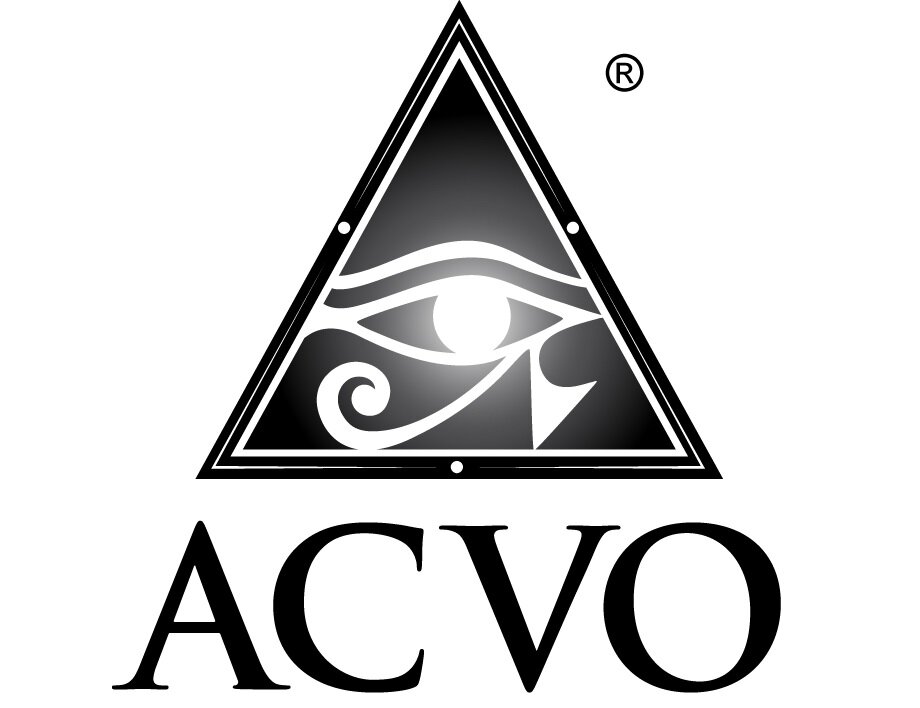Cat Claw Lacerations
Cat Claw Lacerations
Having a new puppy join your family of pets can be so much fun but also can be a nightmare if you don’t plan for it. When you first bring your puppy home, you’ll both likely be very excited but often your older cat, who was very likely quite content being an only pet, thinks otherwise. One day the puppy thinks it is play time and chases your kitty down the hallway. Kitty is cornered, feels threatened and then…. bam!! It happens. You hear your un-expecting puppy shriek and run away. You investigate and see his eye is clamped closed and tearing. You decide it is best to go have it checked out. Your vet confirms that the claw of the cat scratched the cornea. You think, “How are we going to fix this?” Well, let’s run down all the likely scenarios.
Quite often patients are placed on topical eye antibiotics if the scratch does not penetrate through all the layers of the cornea. Sometimes the scratch can then heal on its own with the assistance of the topical eye medications. If there is a gaping laceration or the claw penetrates the cornea’s full thickness, there can be leaking of fluid from within the eye. If these are occurring, surgical intervention is often required to repair the cornea. However, there is one other significant concern that often can be overlooked or can have a delayed onset of symptoms. The hook shape of the cat claw often is able to penetrate not only through the cornea but through the capsule that surrounds the lens (focusing structure of the eye that sits behind the cornea). If the puncture is large enough this can lead to intense inflammation inside of the eye, which sometimes requires removal of the lens. There can also be a delayed onset of cataract formation, which often also requires surgical removal. Another concern is infection and inflammation within the eye. This is called endophthalmitis. If this infection and inflammation are not controlled, then the puppy's vision and/or eye may be lost. It is best to have a thorough ophthalmic examination to inspect both the cornea and lens after a cat claw injury. If your vet suspects possible lens injury or significant corneal injury, then quick referral to a board-certified ophthalmologist would be recommended for microsurgical repair and/or phacoemulsification to remove the lens material. Addressing the injury quickly and thoroughly will give your puppy the best chance to get back to its happy playful self but also don't forget to allow your kitty to get some much needed respite.

